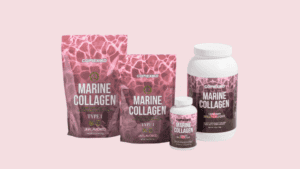Last Updated on June 14, 2023 by Packoi Team
It’s not just about creating a visually appealing product box. It’s also about creating packaging that can protect and preserve the integrity of your perishable products.
In this article, you’ll learn more about food product boxes and how you can use them efficiently. You’ll get tips that’ll help you create functional and visually appealing food packaging containers.
Why Proper Packaging Is Important In the Food Industry
Product packaging is influential enough to help businesses sell their products. It can also be used to build the image of a brand.
Food packaging does all that and more.
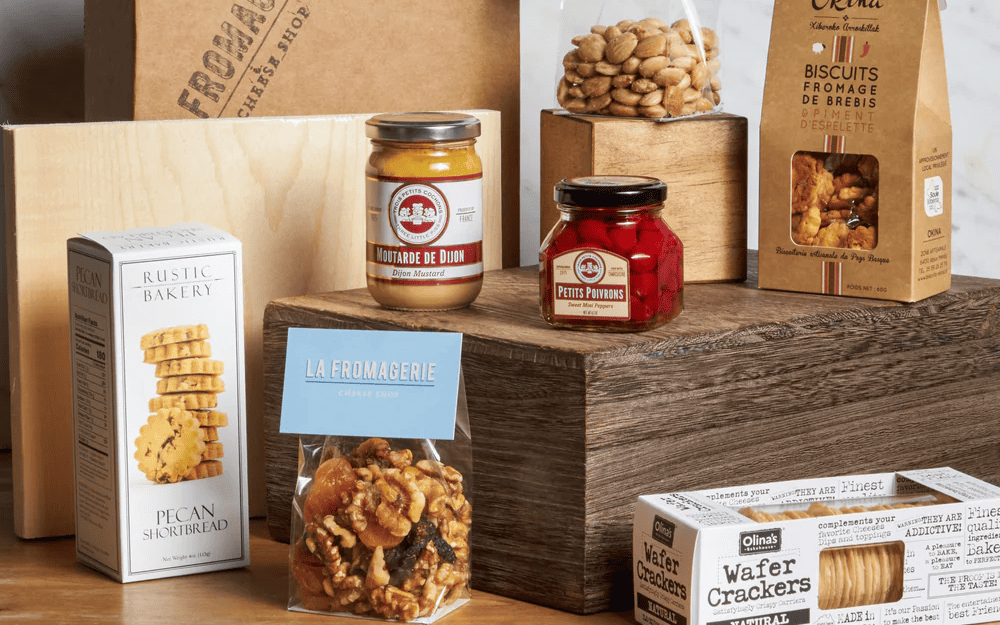
All the materials used should be carefully selected because food is a perishable product. It’s responsible for preserving food quality. It’ll be in direct contact with the food. With the right packaging, the shelf life of food can extend.
It can also ensure consumer protection – specifically when it comes to food allergies, etc. Food packaging contains all the information about the ingredients and nutritional benefits of the product. The details printed on the packaging will help consumers decide whether it’s safe for their consumption or not.
When you’re considering the packaging of your food, there are 3 layers that you need to consider.
Primary Packaging
This food packaging is the one in contact with the product. This is the last thing that consumers open to access and consume your food product.
Think of cereals. The primary packaging is the inner bag that contains the actual cereals that you eat – not the box.
The primary packaging is the one responsible for keeping the product fresh and safe to consume. It can be visually appealing or informative but it’s not a necessity – especially if the product has secondary packaging. It’s okay if it only has minimal information like the manufacturing or expiration date.
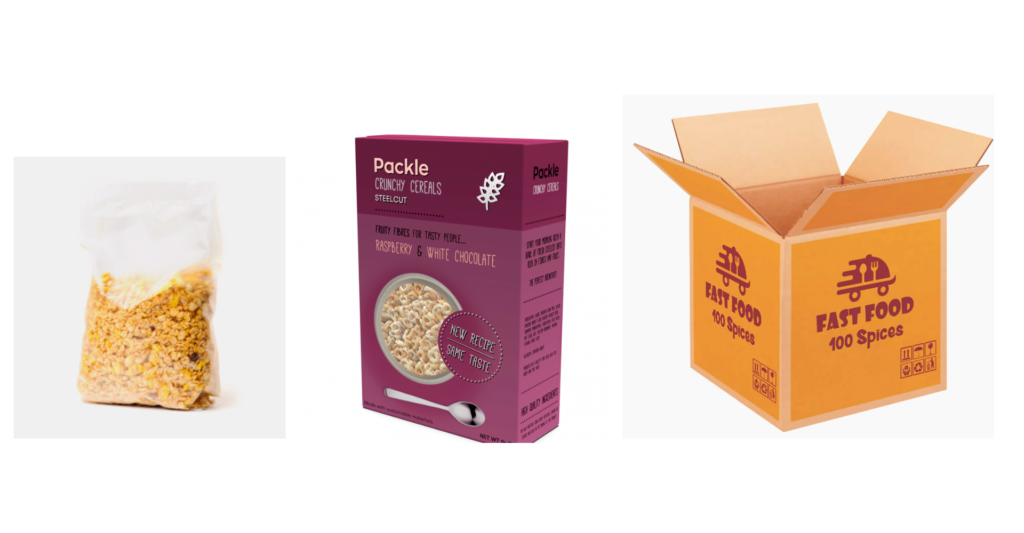
Secondary Packaging
This layer of the food packaging holds the primary packaging inside. In the cereal examples, the secondary packaging is the box. If you notice, all the information about the cereals is there. It also includes instructions and suggestions on how to eat the product.
This is a glimpse of what the layer of packaging should have. Since it isn’t in direct contact with the food, its main purpose is to be aesthetically appealing and informative.
It should also be robust enough to protect its contents while it’s being delivered to the consumer.
Tertiary Packaging
This layer of food packaging includes shipping boxes and other delivery packing materials. These are meant to transport multiple boxes or containers of food products.
The goal of tertiary packaging is to protect the product. It should be sturdy enough to ensure that the product will arrive at its destination in good condition – without compromising the quality of the food.
15 Considerations When Choosing Food Packaging Materials
There are several considerations when you’re deciding on what food packaging material to use for your products. Be thorough with everything because it’s your consumer’s life and health that’s at stake.
One wrong material or mistake in the packaging process could lead to a lawsuit or bad advertising that’ll ruin your business.
To keep that from happening, here are 15 things to consider.
Perishable Protection
This is one of the most important roles of food packaging. It has to ensure that perishables will be protected.
Most of the time, food products aren’t consumed immediately. It’s the packaging’s job to ensure that the perishables are protected from sudden changes that might lead to spoilage due to microbial growth. The right packaging should help maintain the nutritional benefits of food items as long as they’re not yet past the expiration date.
Food Visibility

This is more for sales and marketing purposes. The design of your food packaging should give consumers are glimpse of what the product looks like.
This can be done in two ways. You can provide a photo of the food products. Or you can put a window on the packaging so consumers can take a look at what’s inside.
The second option might be ideal because studies reveal that consumers are more likely to buy something if they know what it looks like.
Buyer Convenience
The food packaging can also be designed for convenience. It’s as simple as making the packaging easy to open or handle. Some brands even consider how the consumers will eat the product.
For instance, there’s this peanut packaging that has a secondary pocket where customers can put empty shells.
Or there’s a cookie box that has a provision in the lid for coffee cups.
These may seem like small things but they’ll help buyers conveniently eat the product. This will greatly improve their experience and perception of your brand.
Visual Appeal
Your food packaging should be visually appealing so it stands out and attracts the attention of your target market.
But there’s a challenge. Industry standards require you to put in various information on your food packaging material. You have to find the balance in providing all that in an aesthetically appealing way.
Figure out how to provide readable information that’s incorporated creatively into your packaging design.
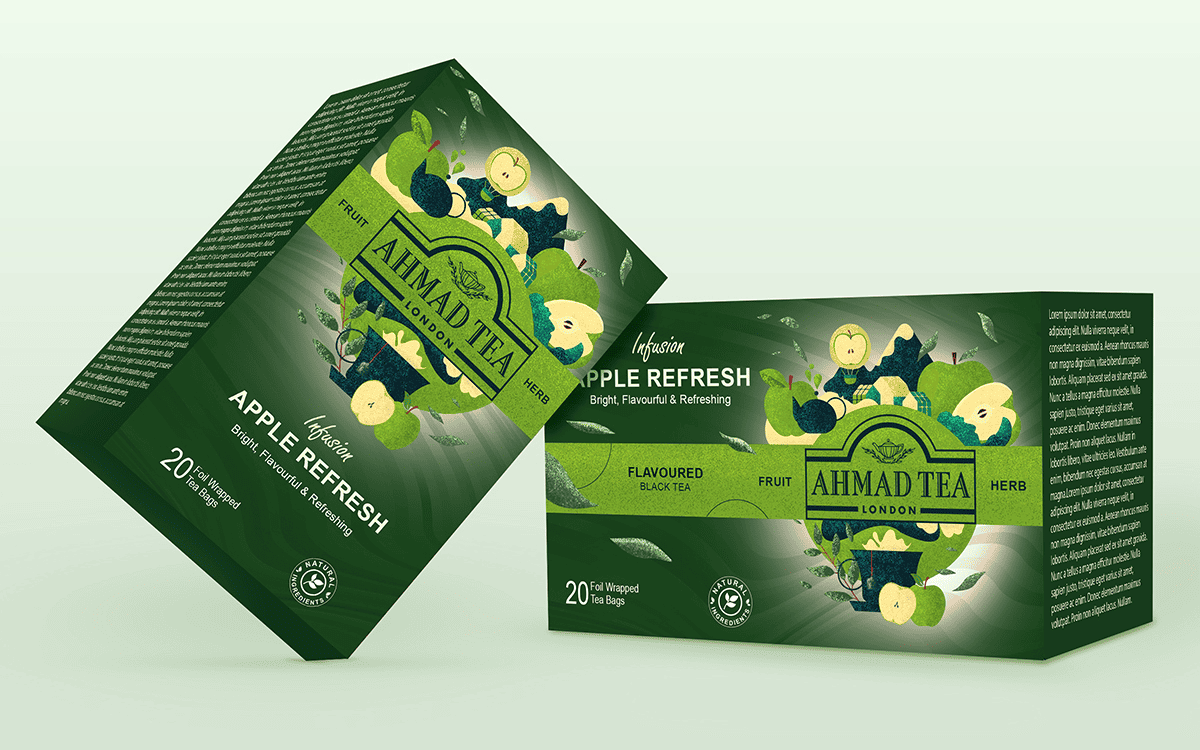
Preserve Food Integrity
Food safety should be a priority in your business. The packaging process should be done to ensure that food spoilage will never happen.
The integrity of your food will make or break your business. Even if you’ve been operating for years, one mistake can put a huge dent in your hard-earned reputation. So be careful with the packaging materials that you’ll choose.
Make sure it can preserve the integrity of the food that you’re distributing.
Leak-Proof
This is for more air and water. Make sure your food packaging is leak-proof. It has to be sealed properly – without making it difficult for consumers to open your packaging.
Choose a packaging material that’ll guarantee that air and moisture won’t get through – whether that’s to come in or get out of the box.
Portions and Sizes
Packaging food requires you to get to know your customers. Some of them want your food in big portions while others want it smaller.
Think about the right portions when you pack food down the packaging line. You should also consider the nutritional benefits of your food. What is the ideal intake to keep the human body healthy? Keep your portion within these limits.
This will also affect the overall cost of your product. Add that to your calculations.
Potential Food Hazards
The packaging process can affect the safety of the food that you’ll serve your target market. This is why apart from choosing the materials for your food packaging, you should also consider how it will be prepared.
The FDA (Food and Drug Administration) provides complete guidelines that you’re required to comply with. They have also provided a list of materials that you can use. Start your selection from that list so you’re sure that you comply with their rules and regulations.
Environment-Friendly
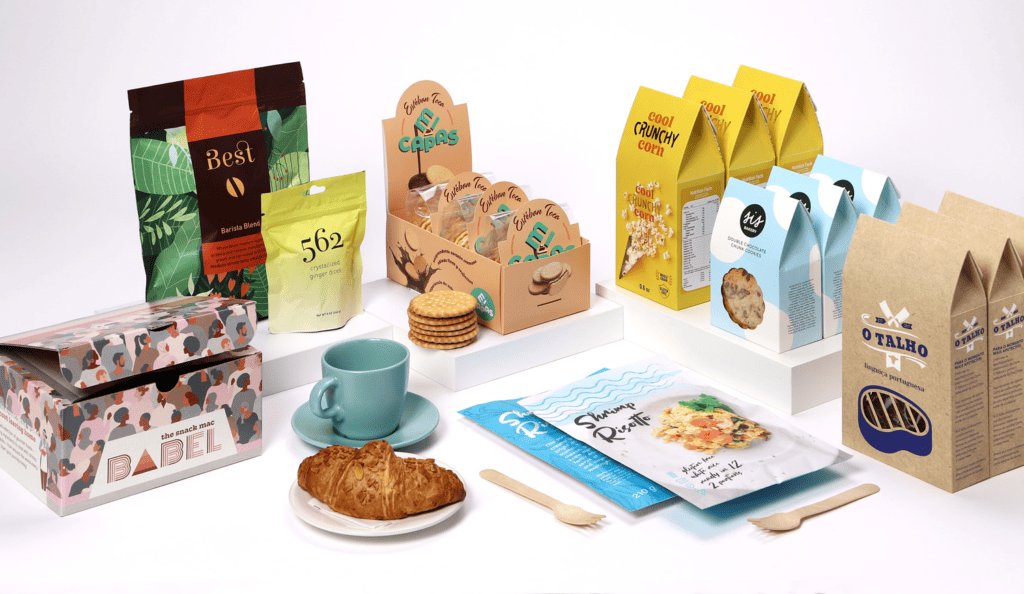
Using eco-friendly food packaging materials isn’t just about using sustainable products. It’s also about using just enough materials when packaging food.
Minimize packaging waste by carefully calculating how much you should use for your products. Don’t be too excessive. At the same time, choose a design for your product box that’ll encourage consumers to reuse them.
Food-Grade
Packaging materials have food-grade classifications. Make sure you’re using the ones that are duly certified and tested safe for food packaging.
Check with your packaging supplier about the materials they use. Ask for certification or documents to prove that the packaging that’ll be supplied to you went through the right testing to make it safe to be in direct contact with food products.
Tamper-Resistant
The seal of your food packaging is one thing that consumers will look at before they buy a product. Make sure your products are sealed properly.
It’s not about making it hard to open the packaging. It’s about putting a seal over the opening – something that can’t be returned once opened. An example is a small sticker or plastic film.
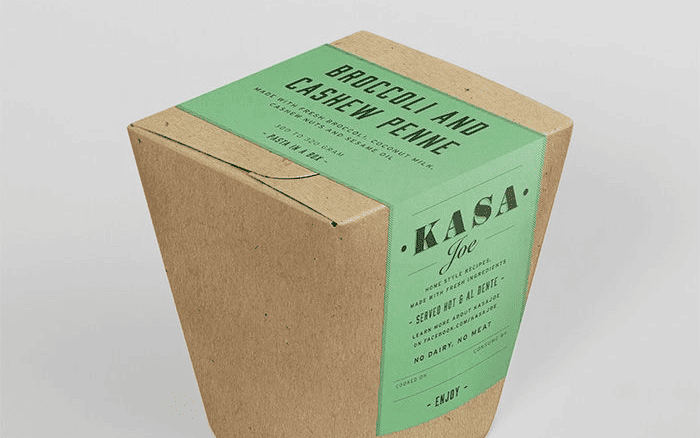
If this is broken, consumers will know the product has been tampered with and it might not be safe for consumption.
Shelf Life
Using the right materials can help extend the shelf life of your food products. For instance, foil packaging is great for keeping moisture, oxygen, and light from contaminating food. This increases the shelf life of food.
Of course, you also have to consider how packages are sealed. Loosely sealed packages will shorten the shelf life of items. Vacuum packages so it eliminates contamination. This will keep bacteria from growing and getting in contact with your food.
Storage and Environmental Conditions
Once the food is produced, how will it be stored? Where will the packaged food be kept? Check the conditions of your storage facility. You need to check the temperature, humidity, lights, space, etc.
Your packaging process should take the storage and atmosphere into consideration. Temperature-sensitive products should have the right food packaging to protect your food products. Adjust the packaging design to ensure that no matter what the environmental conditions are, the integrity of the food won’t be affected by it.
Delivery and Transport
The packaging process should also consider how you’ll ship food products to your consumers.
First of all, your packaging should be sturdy enough to survive the delivery. You might have to change the material of the secondary and tertiary packaging if the destination is further.
It should also keep the food fresh despite the lengthy delivery time.
You should also think about the temperature changes when you ship food to a different country. Make sure your packaging can withstand the changes so it won’t affect the integrity of the food.
Overall Cost
There are many considerations when it comes to the cost of creating your food packaging.
It’s not just about the materials that you’ll use to complete the packaging. It’s also about storage, shipping, and handling costs. The bigger the packaging, the most costly it’ll be.
These all add to the expense and price point of the product. Make sure it’s still reasonable.
4 Common Food Packaging Materials
4 different materials are commonly used for food packages. It’s important to understand the pros and cons of each so you can choose the right packaging for your product.
Here is a rundown of the 4 materials for food packaging with the pros and cons.
Paper or Paperboard

This is the type of material that you should choose if you want to be sustainable with your packaging. Although it’s paper-based, don’t think that it can’t be sturdy enough to protect your perishable products.
Compared to other food packaging, it’s the least robust and easily deformed. But with the right coating and lamination, paperboard can be sturdy enough to withstand delivery hazards. If you need it to be more rigid, you can always choose corrugated cardboard as your material.
You can also turn this material into any shape or size you want. You can put a window to increase product visibility. They can also be reused and recycled – which makes it a very sustainable option.
Plastic

The use of plastic packaging is preferred by some companies because it’s rigid, leak-proof, lightweight, and flexible to use. Plastic containers are lower in cost and can also be molded into different shapes.
The drawback is the fact that it’s made of plastic. This material is generally considered a hazard to the environment.
But that’s already being solved slowly. There are bio-based plastic materials that are available in the market. For instance, there’s a plant-based plastic wrap that you can use. These are more expensive – but if you want to be sustainable, it should be worth it.
Glass

If you want sustainability, glass is another option for your packaging. This material can be recycled infinitely.
It’s also an ideal packaging because it’s produced in a chemically safe way. It can be fashioned to be leak-proof and consumers are more likely to reuse them at home.
The problem with this container is that it’s heavy and breakable. That means handling and shipping can be costly.
Not only that, melting glass consumes a lot of energy. So producing it in bulk isn’t as eco-friendly as other options.
Metal
Using metal as food packaging is a common practice. You need to know what type of metal is okay to use.
Aluminum and tin-coated steel are among the best options when it comes to packaging food. It can carry both solid and liquid products without leaking.
It has the same packaging properties as glass. It’s impenetrable and infinitely recyclable.
But the good thing is it’s not as heavy.
Although you must be careful about coating it to ensure that it won’t rust when in contact with certain chemicals.
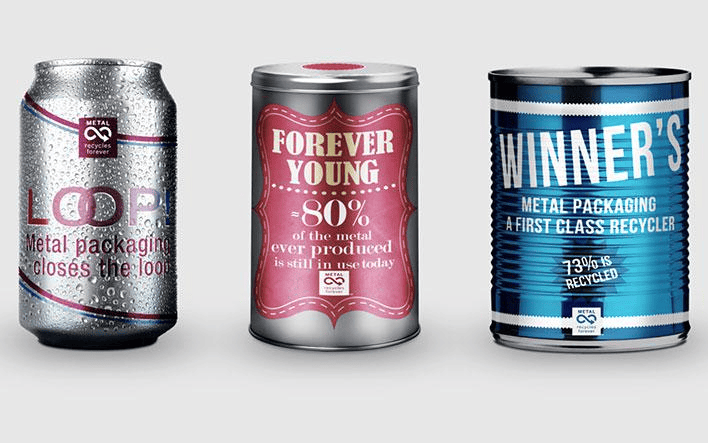
Necessary Information to Print on Your Product Box
One of the important jobs of food packaging is to provide information. Food safety authorities have put more focus on preventing health issues rather than responding to them. This is why food items have to provide consumers with information that’ll help them decide if the food is good for them or not.
The information required on the packaging label includes, but is not limited, to the following:
- Name of the food item (e.g. milk, bread, cookies, nuts, etc)
- Quantity of food within the packaging.
- Name and address of the manufacturer and distributor (sometimes including packer) of the item.
- Nutritional details as regulated by the FDA (or local counterpart). This includes calories, protein, fat, sugar, carbs, etc per serving.
- A complete list of ingredients used to create the product.
- A specific list of allergens under the text “Contains” so people with allergic reactions won’t miss it.
- Expiration (or use-by or best-before) date so consumers will know when to use the product and avoid food waste.
If the information is complete, any adverse effects consumers get from ingesting the food wouldn’t be the fault of the food company. So it’s not just for the protection of the consumers. It’s also to protect the business from unfair lawsuits.
5 Tips When Creating Product Boxes for Food
Before you finalize your packaging, there are a couple of things that you need to know to create the right food packaging design.
Follow these 5 tips to ensure that you can create the right packaging for your food items
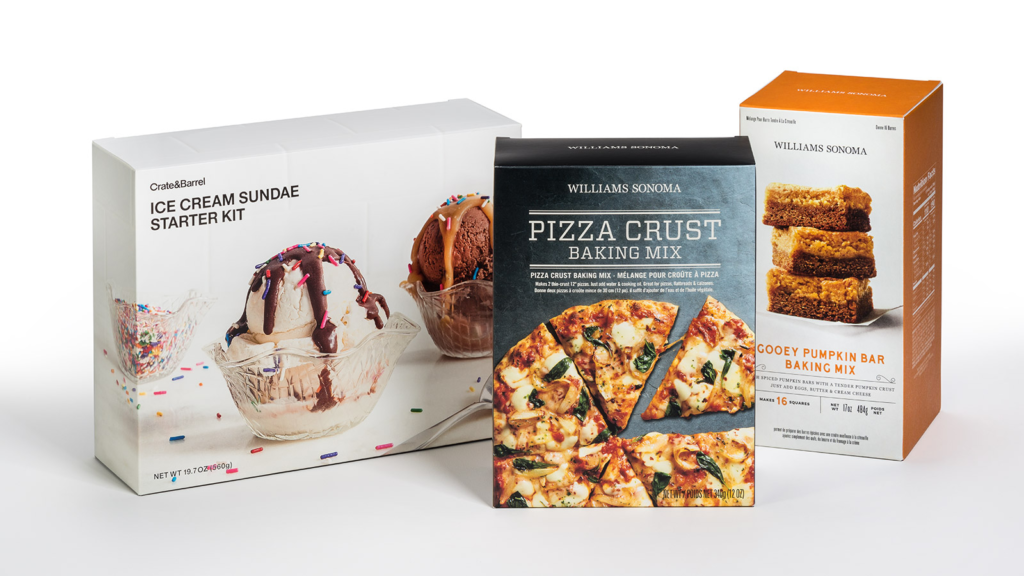
Conduct a Market Research
There are different types of food being sold and they all cater to various markets. Conduct market research so you’ll know what’s going on in that particular niche.
What is the common trend of different brands? What do people prefer? How can you stand out among the competition?
These are the questions that you can answer if you do market research. It’ll help you identify the right elements to put on your product box.
Know the Consumers
Once you’ve conducted your market research, you’ll have an idea of what your target market needs from your product.
What are their safety concerns? Your product should be able to address these concerns so people will buy it.
What about their health and calorie concerns? With people being more health-conscious nowadays, you have to highlight health issues that your product can solve. If you sell sweets that are safe for diabetic individuals, you want to highlight that.
The more you know about the preferences of your market, the more you can highlight the product qualities that’ll make them buy your food.
Check Competitors
This is part of your market research. Look at competitors that sell the same types of food as you do.
Check out what their packaging design looks like. The goal isn’t to copy what they’re doing. It’ll give you ideas on what your target market prefers to see. Not only that but looking at your competitors will allow you to create a packaging design that’s unique to your brand and will make your product stand out.
Think about the Display
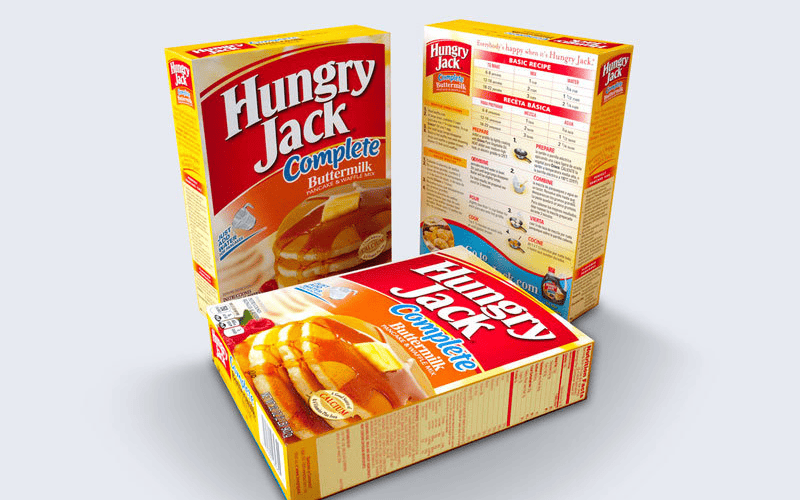
How will the product be displayed in stores? Consider what the packaging will show if it’s displayed on a shelf, table, or checkout counter.
Understanding the display options will allow you to design the front panel and different angles of the product box. Remember, you only have a few seconds to catch your customer’s attention. Your design should be able to do that at one glance.
Utilize Technology
This is for the packaging process that your product will go through. The food packaging line should be done in an efficient manner that’s compliant with industry standards. Using the right technology will make this possible.
Do your research or partner with the proper packaging supplier. That way, you can be sure that you’re using the most sophisticated methods to put your product together.
Let’s Work on Your Food Product Boxes. Packoi Printing Can Produce Your Preferred Design.
Creating the right product packaging for your food items is important if you want to sell them like pancakes!
There are many design possibilities that you can use to make your product stand out. Packoi Printing can give you samples of what’s possible for your product and brand.
Give us a call so we can discuss your ideas. We’ll get back to you with a fair quotation in no time.



